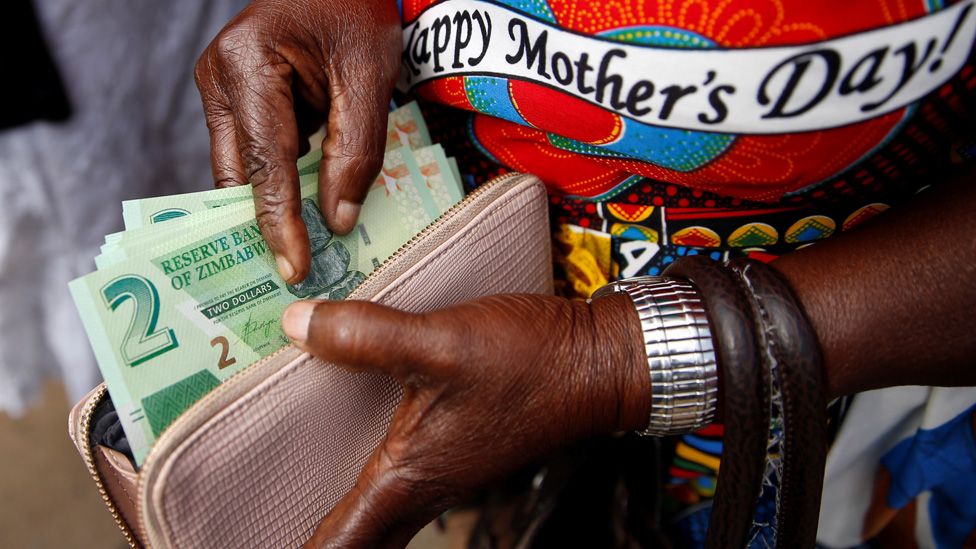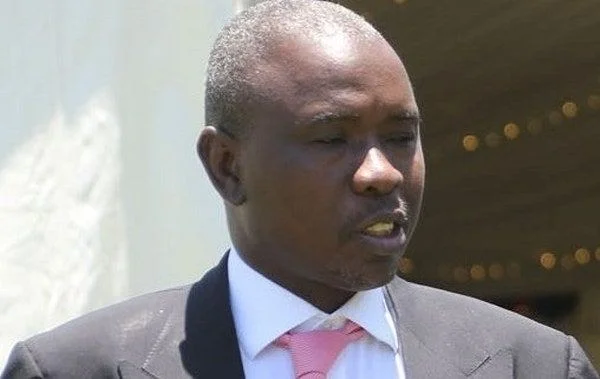
ZIMBABWE‘S official month-on-month inflation figure for May was reported at 75,4% (CPI), by the Zimbabwe National Statistics Agency (ZimStats).
The annual inflationary pressures for the same month were 175%. Since the statutory body releases figures on blended inflation, without exclusive United States dollar and Zimbabwe dollar (ZWL) figures, some quarters have resorted to calculating the omitted calculations independently.
One such is Professor Steve Hanke, an American educationalist at the John Hopkins University in Baltimore. His latest measure of the Zimbabwe dollar month-on-month and annual inflation are 194% and 1 298%, respectively.
As can be seen, there is a large difference between ZimStats’ and Hanke’s figures but what is agreeable between the two is that the country is now in a hyperinflationary environment. Hyperinflation can be described as a situation whereby month-on-month inflation exceeds 50%.
Both Treasury and the Reserve Bank of Zimbabwe (RBZ) have previously intervened with responses aimed at quelling the turbulence. Some of the solutions have brought a level of stability. For instance, the Ministry of Finance and Economic Development ordered that payments of taxes by corporates be rendered mainly in the local currency (ZWL).
Tax obligations, which were previously paid in foreign currency, will now be rendered using a 50% local currency component, instead of 100% forex. On the other hand, taxes due in ZWL will be paid strictly in the local currency with no election to pay using foreign exchange. This has had the positive impact of creating demand for ZWL, with the result of a firming, of both the official and parallel market exchange rates.
The official rate consequently gained 9% against the US dollar, from ZW$6 927 to ZW$6 327 at the RBZ forex auction on June 27. The parallel market rate, which had been reported to have reached ZW$10 000 for each US dollar, also marginally recovered, to the current reported rate of around ZW$8 400. The recent tax regulation has been reported to have caused an acute scarcity of the local currency on the market. However, some may argue that inflation and depreciation are a bigger risk than liquidity issues.
Thus, liquidity is a better option to sacrifice in the quest to control inflation. Having gone through the recent marginal improvements, further attention, is required to remedy the crisis in a lasting way. It is in this regard that the RBZ should consider another round of currency reforms and redenomination of the Zimbabwe dollar.
The monetary values on supermarket shelves and payrolls are now difficult to interpret owing to the large figures. The massive numbers have a tendency of signalling a crisis and until they are reined in, the battle against inflation may continue to be lost.
On a psychological standpoint, economists may argue that the propensity of businesses and consumers to raise prices and hoard is higher when prices become extreme.
Redenomination is the process of removing zeros on bank account balances and the face value of bank notes so as to create a system were society and businesses can work with figures that are easier to calculate and manage. Thereafter, new bank notes, with lower values, will be issued and the older ones are phased out. The new, redenominated notes, will provide a chance for creating positive sentiment in the domestic economy, thereby, becoming a tool for retaining depreciation and inflation.
In other regions, the process has been historically characterised by renaming the national currency so that the psychological impact on society is maximised.
For example in China, in 1949, the silver yuan was introduced to replace the gold yuan, which had undergone excessive depreciation. One silver yuan was worth fifty million gold yuan notes.
In Zimbabwe, by removing three zeros, the ZW$6 327 exchange rate, changes, to become ZW$6,33 (after rounding to two decimal places). The removal of zeros from all bank balances and accounting transactions will ensure that there is no change in the purchasing power of the redenominated currency.
The process may also be done in such a way that a new currency, for instance, the “Zambezi dollar”, is introduced and all domestic bank balances are transferred to the new sovereign money, at a rate of 1: 1 000. The net effect will be the same as removing the three zeros.
Now that the technical side of redenomination has been explained, it is paramount to look at the type of environment required before, during and after the process.
If certain economic principles are observed, then the country will not find itself coming back to another round of redenomination in the future.
Doing things right, once-and-for-all, will be key, as failure would be a wasted opportunity that may come with adverse costs for the nation. In this regard, the country needs a stable and clear, single exchange rate and thorough control on money supply growth. These conditions must be met, well-before the launch of the exercise.
When there is stability prior to the programme, the public will embrace and support the exercise. Issues around designing and launching of the new currency will also be discussed, later.
The choice of the exchange rate regime should be firmly decided, on and known, by the public and on the international foreign exchange markets. The rate should be the same for both formal and informal economic participants. A clear decision on whether the country will choose a fixed, floated, or managed-float rate is vital before working on the reset.
Proper communication of the choice, assists towards creating stability. On the other hand, when full information is not available, market participants will speculate with the new currency, until it undergoes the same obliteration of the current monetary system.
A lack of clear and truthful information on the exchange rate regime will leave space for arbitrage. Therefore, timely communication and integrity, are invaluable economic tools for stabilisation, which do not cost much, besides honesty and professionalism (competence). With a fixed or pegged exchange rate, a predetermined value is set for the domestic currency. Thereafter, the central bank will use its resources to ensure that the pegged value does not deviate from the predetermined figure.
For example, the RBZ sets the redenominated ZWL at an exchange value of US$1:ZW$6,33. When there is a high demand for forex in the market, the central bank will use its US dollar reserves to increase supply in the same market, with the aim of maintaining the rate at the predetermined level (US$1:ZW$6,33).
This process is underpinned by the basic economic principle that an increase in supply of any commodity, including forex, results in lower prices.
Conversely, when there is a high supply of US dollars in the domestic market, the RBZ may increase demand for the same by purchasing the greenback using local ZWL balances, so as to maintain the 1:6,33 peg.
However, it is eminent to state that, for a central bank to sustainably manage a fixed exchange rate, there needs to be considerable amounts of forex reserves, of which, the RBZ does not have at the moment.
This means that a pegged rate, although possible, may be unlikely, for Zimbabwe. On the other extreme, the central bank may choose a freely-floating exchange rate. In this case, market participants determine the value of the domestic currency through daily forces of demand and supply.
In order to avoid a sharply fluctuating exchange rate, the apex bank will use monetary policy to bring relative stability.
Increasing deposit reserve requirements and changing the level of interest rates, become the prime tools for influencing the rate. This is a more feasible option, with regards RBZ’s available resources. The central bank may also choose a managed float.
In this case, the domestic currency is given leeway to move within a specified range, for example, between US$1:ZW$6,33, to US$1:ZW$9,5.
When the rate begins to go towards the upper or lower end of the range, the central bank will intervene, using either forex reserves (US dollar reserves) or the monetary policy, whichever is accessible to them.
Source: Nehanda











